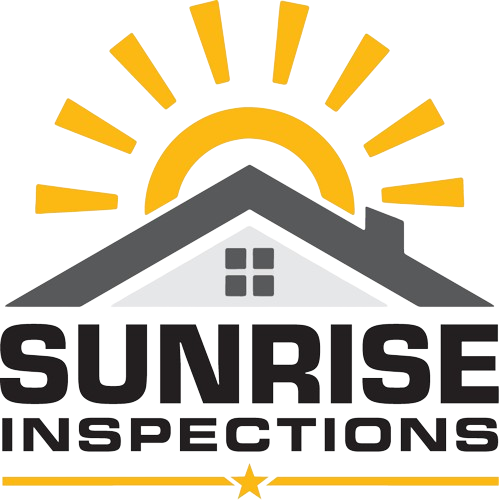
What is Radon Gas?
You can't see it, smell it or touch it. The #1 cause of lung cancer outside of smoking is a radioactive gas that everyone breathes in every day, usually at low levels, according to the National Cancer Institute. Radon gas is produced from a natural breakdown of uranium in soil, rock and water. This radioactive gas can be detected in homes, offices and schools; it enters buildings through cracks in floors and walls, construction joints or gaps around service pipes, electrical wires and sump pits.
How much does it cost to put in a radon mitigation system?
The cost of a mitigation system may vary according to the home's design, size, foundation, construction materials and the local climate. Radon reduction systems average costs nationally are $1,200 with a range from $800 to $1500 common depending on house and market conditions.
Should you Mitigate?
The EPA recommends that everyone should mitigate if the results of the test are 4.0pCi/l or more. So what does 4.0pCi/l mean. Well lets put it in everyday terms. According to Radon Awareness "If you live in a home for 1 year that has exactly 4.0 pCi/L then your radiation exposure is the same as 200 chest x-rays per year."
Additional Benefits
Other than removing radon, a radon reduction system offers several other key benefits. It removes other earth and soil gases, and it can reduce moisture under your slab or crawl space. The active dampness control that it offers can remove as much as 1200 gallons of water a year. This in return can reduce the need for dehumidification and help lower your heating and cooling cost. This also reduces the chances for harmful molds and mildew to develop with in your home.


